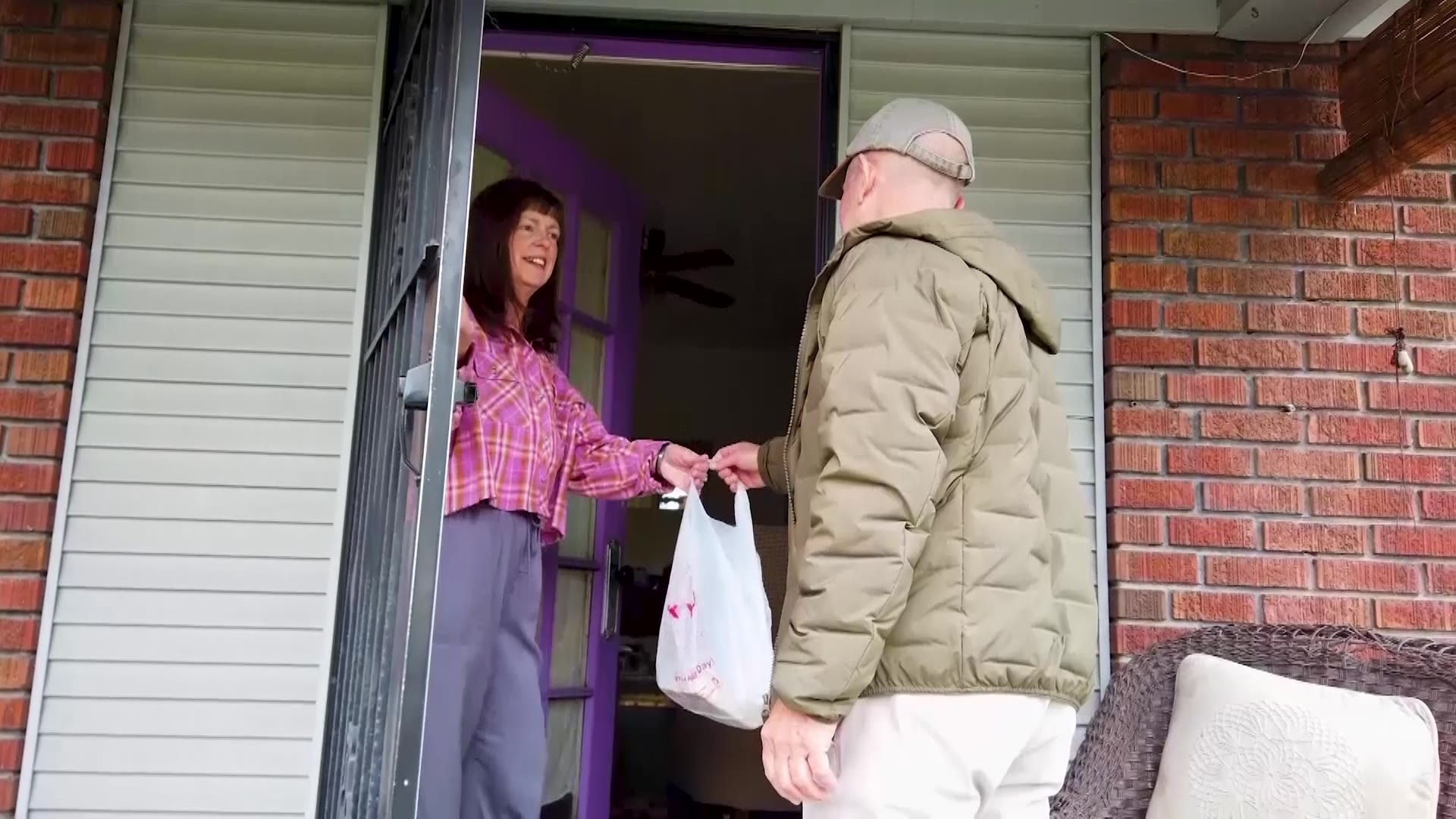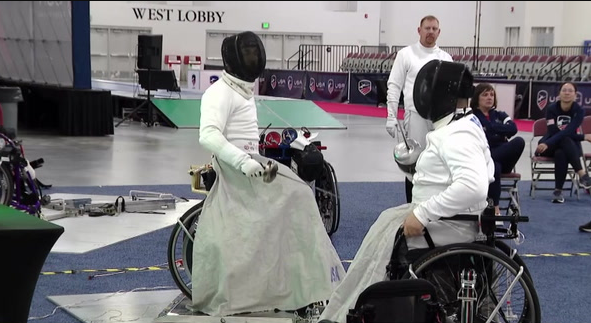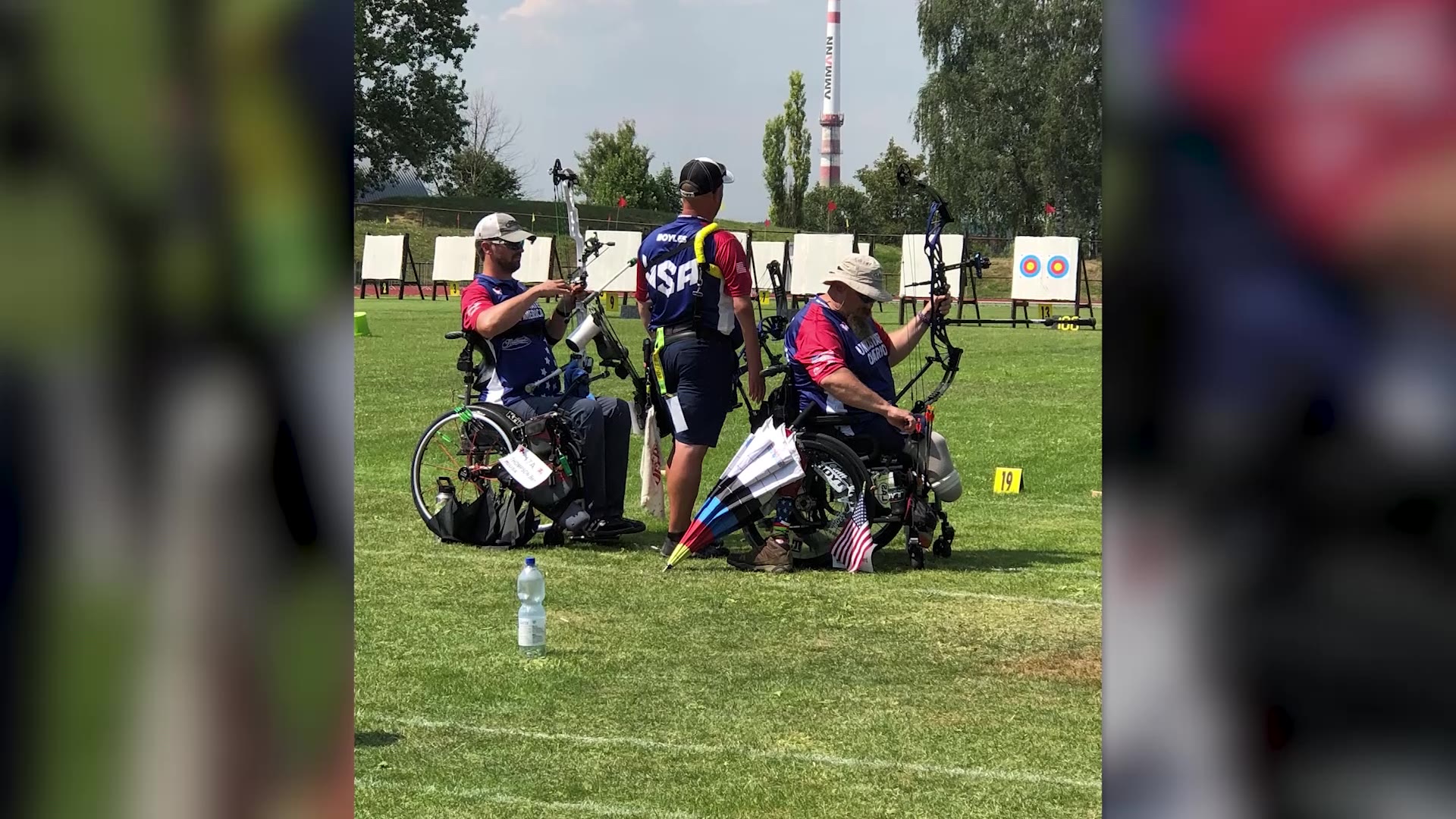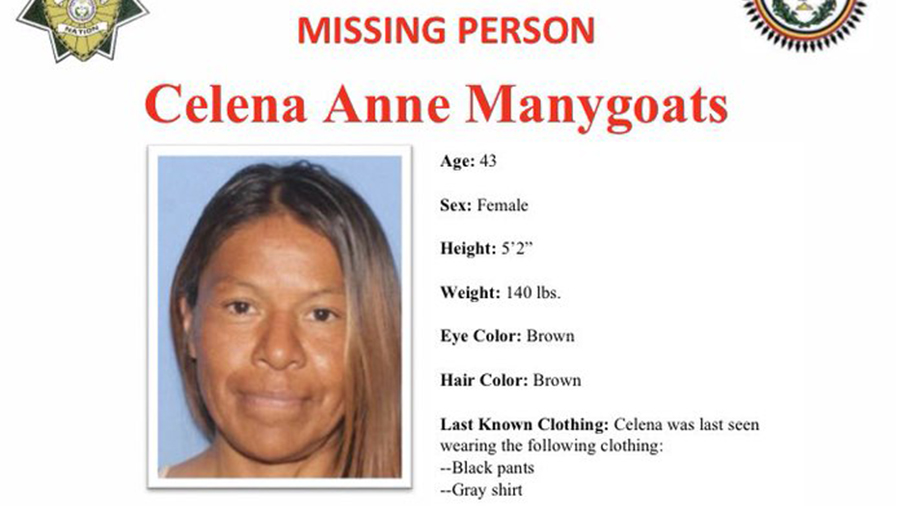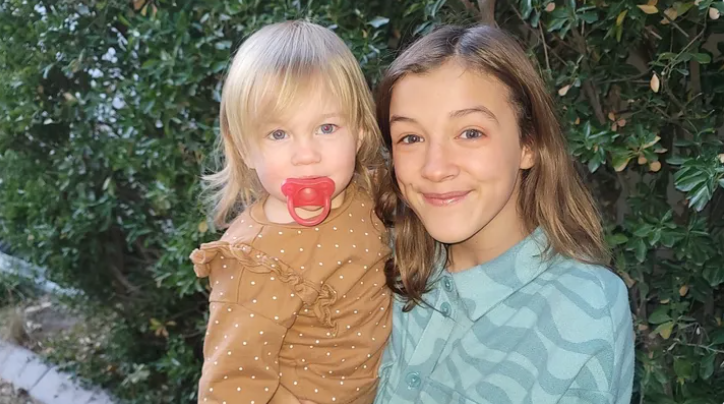Baby birds are common this time of year: here’s what do when you find one
May 2, 2022, 11:46 AM | Updated: 11:47 am
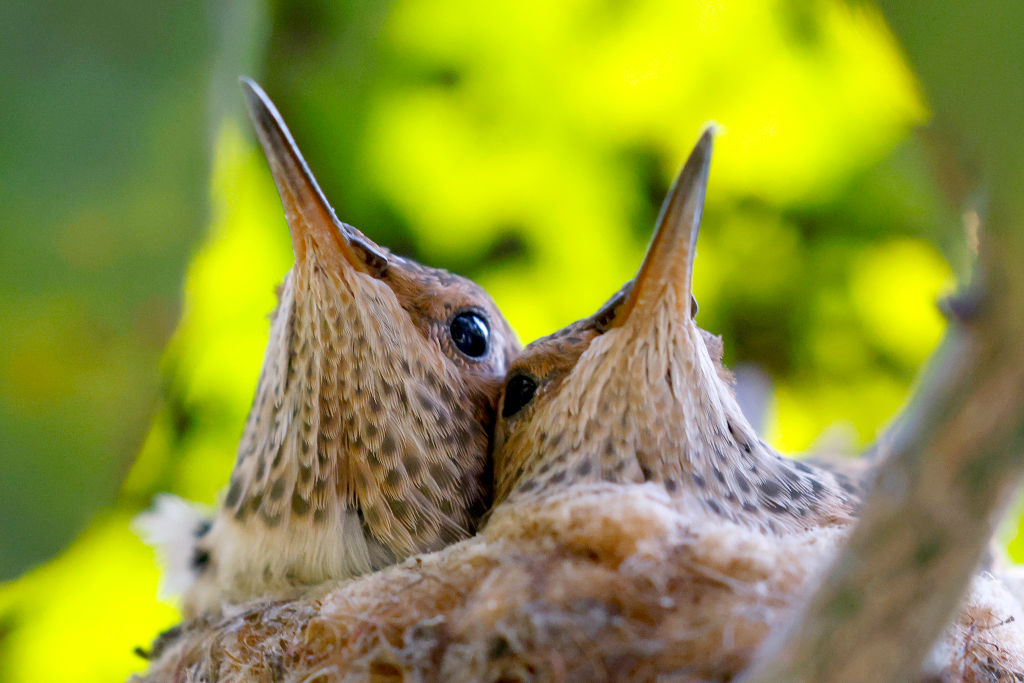
HUNTINGTON BEACH, CALIFORNIA - MARCH 21: Two Anna's hummingbird chicks are seen in their nest on March 212, 2021 in Huntington Beach, California. (Photo by Michael Heiman/Getty Images)
(Photo by Michael Heiman/Getty Images)
SALT LAKE CITY — Baby birds seem to be synonymous with springtime. Many birds are hatching and it’s not an uncommon time of year to find baby birds are on the ground.
“Baby birds usually chirp and call from the nest, waiting for their parents to bring food to them — and sometimes, that results in them falling from their perch,” Utah Division of Wildlife Resources Migratory Game Bird Coordinator Blair Stringham said.
According to the Division of Wildlife Resources, DWR, the most common baby birds that people find are robins (which nest in trees) and swallows (which build their mud nests in eaves and on the sides of houses).
If you find a baby bird on the ground, there are a few things DWR says you should do:
Put it back in the nest if it doesn’t have feathers
DWR says that if the bird is still featherless, you should try to find its nest and place it there. If you can’t find the nest, put the bird on a branch safely out of reach of predators.
“The baby will squawk, and its parents will find it,” Stringham said.
Contrary to a popular belief, unlike other wildlife species, you don’t need to be concerned about leaving your scent on the bird. Most birds do not have a good sense of smell so if you pick a baby bird up, its parents won’t even know you’ve handled it.
However, you should never take a baby bird home. Most birds are protected by state and federal laws, and it is against the law in Utah to possess wild animals without special permits.
Leave it alone if it has feathers
If the baby bird is hopping around, you’ve found a bird that almost isn’t a “baby” anymore. These young birds are called fledglings. They have most of their flight feathers and are very close to taking their first flight.
If the bird isn’t in danger, leave it where you found it. This awkward “hopping” stage typically lasts two to five days. It’s part of the natural process a baby bird goes through before taking its first flight. The parents are watching the baby bird and are still feeding it.
If you think the fledgling is in danger, then move it carefully to a safer spot nearby. However, if you can’t catch the bird, just leave it alone.
Don’t feed the bird
Birds have a very specific diet and feeding them something that’s not part of their diet can kill them.
“While robins and some bird species can safely eat worms, others can’t,” Stringham said. “So don’t try to feed baby birds or other wildlife that you may see. You may think you are ‘helping’ them, but it usually does more harm than good.”
Just place the bird back on its branch or in its nest, and let its parents feed it.
Don’t bother or move bird nests that have eggs or baby birds in them
While bird species that nest in the eaves of buildings may seem like a nuisance, it’s unlawful to disturb nests that have eggs or baby birds, and you can be cited for doing so.
DWR says once a nest has a bird inside it — and there are eggs or baby birds in the nest — you need to wait until after the baby birds have left the nest in order to remove it to prevent future nesting.
What to do with baby ducks
Protocol with baby ducks is a little bit different. If you find a duckling on the ground that looks like it’s been separated from its parents, don’t move it or try to put it in water. Baby ducks should be left alone, unless they are trapped in a storm drain or someplace else, like a swimming pool.
If you do discover a duckling stuck in a storm drain, you can contact the nearest DWR office to report it or contact your city officials.
For more information about how to safely handle a baby bird encounter, visit the Wild Aware Utah website.


